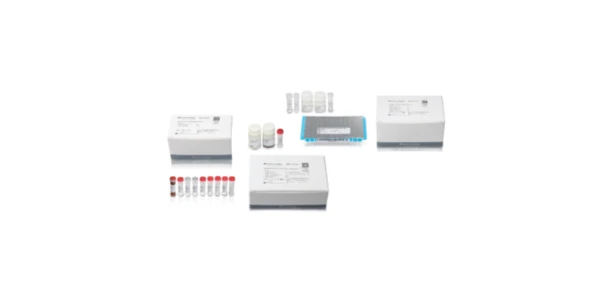SLAS 2019: State-of-the-art Technologies at the Cutting-edge of Life Science Research
The annual conference for the Society for Lab Automation and Screening (SLAS) is in the books – Feb 2-6, 2019 at the Walter E. Washington Convention Center in Washington, DC.
The theme this year – Innovation and Application – could not be more fitting to the current state of research in the life sciences. Automated technologies have inspired great progress in lab productivity, a result of advanced design innovations blended with digital capabilities.
Nature recently highlighted exciting technologies to watch in 2019 -- a list that includes higher-resolution imaging, DNA editing and engineering tools, cellular structure analysis techniques, and other predictions.
Here we take a look at a few technologies helping to shape the research landscape and to inspire future developments in lab automation and screening.
SLAS 2019 - exhibiting companies and products
Next-generation and single-cell sequencing solutions
- Bio-rad is a pioneer and leader in digital PCR and nucleic analysis. The innovative droplet digital PCR system is a state-of-the-art technology that has enabled scalable, absolute quantification for a variety of DNA/RNA applications. New products are destined to emerge as the adoption of this technology rapidly grows.
- Hamilton provides powerful lab automation solutions, including liquid handling platforms for routine analysis and high-throughput screening. Hamilton automated liquid handling workstations can fully automate library preparation workflow steps for next-generation sequencing (NGS) applications. New automation technologies are certain to surface from Hamilton – a company that is constantly innovating.
Gene editing and engineering
- Perkin Elmer offers an extensive array of products across their broad and diversified technology portfolio. From genomic workflows for NGS sequencing and CRISPR analysis, to next-generation proteomics and single-cell metabolite analysis, Perkin Elmer is heavily invested in lab innovation. New products and initiatives in these and other areas were a welcome presence at SLAS this year.
Imaging and high content analysis
- Molecular Devices offers a suite of imaging platforms, from microplate readers to high content imaging and screening systems. The imaging instruments include: Micro Confocal for high-resolution and throughput cell imaging, Micro 4 for configurable high-throughput widefield imaging, Nano Automated for everyday versatility, and the new Pico Automated instrument for fast processing and time to results. Molecular Devices couples these instruments with powerful software solutions and a range of assay kits and services. SLAS 2019 saw some interesting developments along the imaging and analysis fronts.
- Analytik Jena offers a range of imaging products for routine lab applications, in addition to a broad portfolio of lab automation and analytical equipment. New imaging systems and reagents will complement this year’s conference.
3D cellular analysis
- Lonza is a leader in reagents, cells, and specialty products for tenuous and challenging cell culture applications, including stem cell production and differentiation and 3D cell culturing. The portfolio of products never seems to disappoint.
Quality control and research integrity
- Artel has made precision and quality control a focus for its product offerings. The PCS Pipetting Quality Management System and Accreditation and Calibration Service brings pipetting and liquid handling to new levels of performance. The company also offers multichannel systems, microplate readers, and a catalog of precision technologies.
SLAS 2019 – awards and technology advancements
Consistent with the innovation and application theme, SLAS has grown to support several award programs for advancements and product design.
The New Product Award (NPA) enables designers to highlight new products and gain visibility in the rich forum of SLAS life science professionals.
- Up to three NPA designations will be given based on assessment by a panel of judges.
- Awards are based upon market opportunity, impact, originality, and proof of concept.
The Ignite Award is given to the most promising start-up or emerging company of those exhibiting with the designation -- Innovation AveNEW.
- Award finalists are given the opportunity to briefly present on-site at the Exhibition Theater and are evaluated by a judging panel.
- Main award criteria include presentation quality at the exhibitor booth and theater as well as multiple aspects of overall market impact.
The Innovation Award is focused on recognizing the work behind an exceptional podium presentation at the conference. The award highlights any of the following criteria:
- Work that is exceedingly innovative and contributes to the exploration of technologies in the laboratory.
- Progress that has exceeded a benchmark or milestone in the screening of the lead discovery process.
- Efforts that have demonstrated an advanced and integrated use of mature technologies.
A full list of award finalists and program summary are shown here.
A full list of this year's award winners can be viewed here.
This year’s exhibitors and awardees certainly embrace the theme of innovation and application – concepts that are framing the future of life science research and automation.










